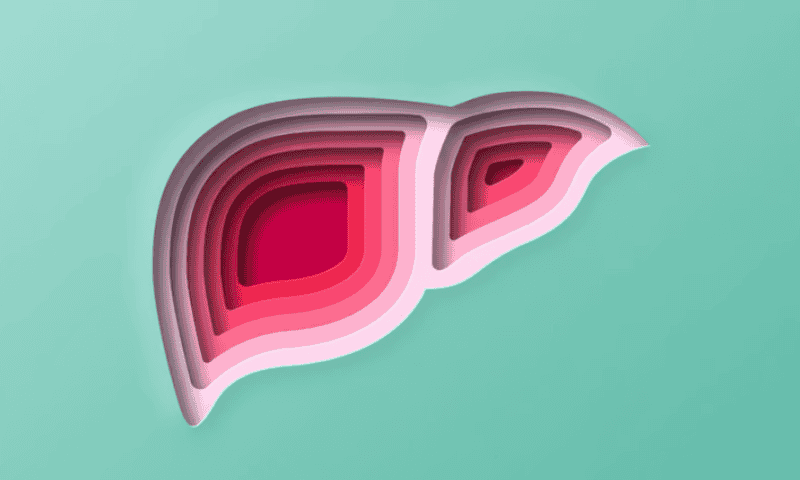Prime Medicine’s prime editors have corrected a gene mutation in primates that causes a rare liver disease, a step toward taking the tech to humans.
In an Oct. 27 presentation at the annual European Society of Cell & Gene Therapy Congress in Brussels, the company showed that a single dose of its therapy could repair the gene associated with glycogen storage disease 1b in up to 83% of target cells in the livers of primates. An estimated 10% correction is required for therapeutic benefit in humans, according to the company.
“[We] are highly encouraged by the efficient and precise corrections we have observed across in vitro evaluations, in vivo rodent studies and now, NHP studies,” Jeremy Duffield, M.D., Ph.D., Chief Scientific Officer at Prime Medicine, said in a press release. “Importantly, we continue to observe minimal to no detectable off-target edits with our Prime Editors, providing further confidence in the precision of this technology.”
A primer on prime editing: The tech is another way to edit genes, but with more functionality than CRISPR. If CRISPR is like scissors that snip out mutated gene sequences, prime editors are like a keyboard’s search-and-replace functionality, using what’s known as Prime Editing guide RNAs, or pegRNAs, to find a mutated sequence and alter it, thereby correcting the pathology that stems from it.
Each of the primates in the new study received a single dose of prime editors delivered in Prime Medicine’s universal lipid nanoparticle. The therapy was designed to repair the p.L348 mutation in the gene SLC37A4, one of the causes of glycogen storage disease 1b. Roughly half of the primates had never received gene therapy before, while the other half had previously been treated with a universal lipid nanoparticle to target a different gene. In an email to Fierce Biotech Research, the company said they could not comment on the previously edited gene, though they noted that if the prior therapy had any impact on the new one, it would have decreased editing efficacy.
The prime editors were targeted to and designed to edit hepatocytes, which make up 60% of the cells in the liver. In the primate with the best response, the editors corrected the mutation in an estimated 50% of all liver cells and 83% of hepatocytes, Prime’s presentation showed. In the other animals, editing was between 20% and 40% of all liver cells.
The researchers found few off-target edits in the cells, and while they noted some transient moderate changes to liver function tests and minimal cytokine abnormalities, there were no lasting or serious side effects. The animals that had previously received a different gene therapy tolerated the drug no differently than those who were being treated for the first time.
In an email to FBR, the team said that although they will have to see clinical data before they can determine the clinical benefit in humans, “high-level prime editing in NHP is likely to support that we can achieve high-level editing in humans,” they wrote. They declined to comment on a timeline for clinical testing.
Prime is studying the use of prime editors in other conditions, too. The company reported in May 2023 that they had corrected a mutation that leads to chronic granulomatous disease in human stem cells that were engrafted into mice, with an efficacy rate of 90%.

